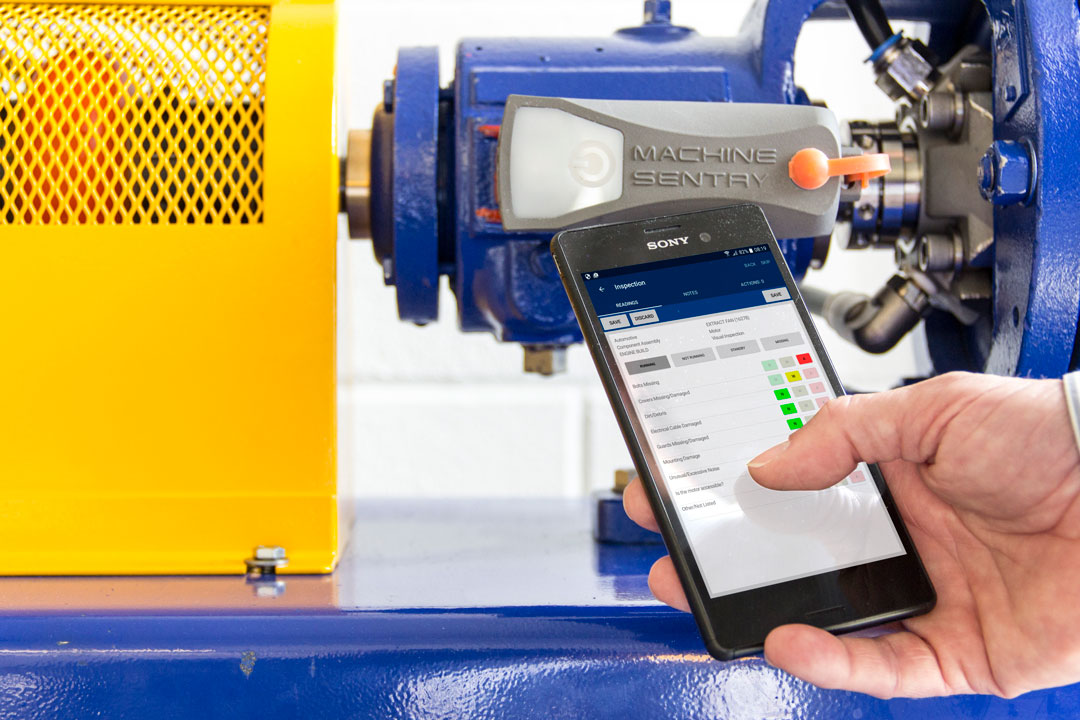
Generally a low mechanical seal MTBF is regarded as poor seal performance and can lead to a customer replacing the seal with that of a competitor. However, if the cause of the failure can be identified, it is possible to economically justify accepting the high seal failure rate in favour of spending a large amount of money on a project to rectify the problem.
Following is a case study where the root cause of the failure was identified. A cost/risk trade-off was then done by using the simple payback period method.
It showed that it would be cheaper to perform scheduled maintenance on the pump 3 times per year, replacing the mechanical seal and bearings, than spending capital on a project to implement a flow control system.
Background
An investigation was conducted on a 90 kW EDR feed pump in a water purifying plant. The pump has been a bad actor since it was commissioned in 1996. The current seal failure rate is 3 to 4 failures per year. Once a seal starts to leak, the pump is not immediately switched off due to process reasons. The result is severe damage to the sealing faces and in some cases destruction of the hardware. Bearing failures also occur, however, the seal normally fails before the bearing.
Investigation
Pumps which continually perform poorly can often be contributed to inadequate operating or system conditions.
With a site performance test distinction can be made between an operational/system or pump problem. Although there might be a problem both on the operation and pump, it is advisable to start the investigation with the site performance test for the following reasons:
- Evidence of incorrect performance will be visible on the pump once it is stripped in the workshop.
- If performance is proved to be acceptable, the problem will be within the pump. Dedicated attention can now be given to the pump.
With this investigation the customer agreed that we start with the site performance test.
The customer installed a pressure gauge on the suction side of the pump. The existing plant discharge gauge was used. A scaffold was erected for us to take a flow measurement with our ultrasonic flow meter. Since the discharge flow splits up to deliver to 5 different locations, we combined DCS flow values with flow measurements we took with the ultrasonic flow meter to obtain the total flow delivered by the pump.
Observations
Ultrasonic flow meter measurement (A Pump running)

Combined flow of all 5 discharge deliveries for the pump from 2 Jul 2016 to 2 Jul 2018.

The performance plot on the Pressure/Flow curve below shows the following:
- Operation to the left of the allowable operating region (not acceptable)
- Operation to the right of the allowable operating region (not acceptable)
- Operation above the curve due to too large impeller installed (additional power consumption)

The performance plot on the Min Required Suct Press curve below shows the following:
The pump starts cavitating when the operation is above 400m3/h.

Conclusions
- The operation to the left as well as the right of the allowable operating region will cause severe shaft deflection which will reduce the seal and bearing life.
- At flows above 400 m3/h the pump will cavitate which will also reduce seal and bearing life.
Recommendation
In order for the pump to operate within its allowable operating region, the following is recommended:
- The installation of a minimum flow protection line.
- A flow control system will be required.
Estimated Project payback
Rough order of magnitude cost estimation

The company does generally not approve small projects with a payback period of more than 3,5 years.
It can therefore be concluded that it would be cheaper to perform scheduled maintenance on the pump 3 times per year, replacing the mechanical seal and bearings, than spending capital on a project to implement a flow control system.



